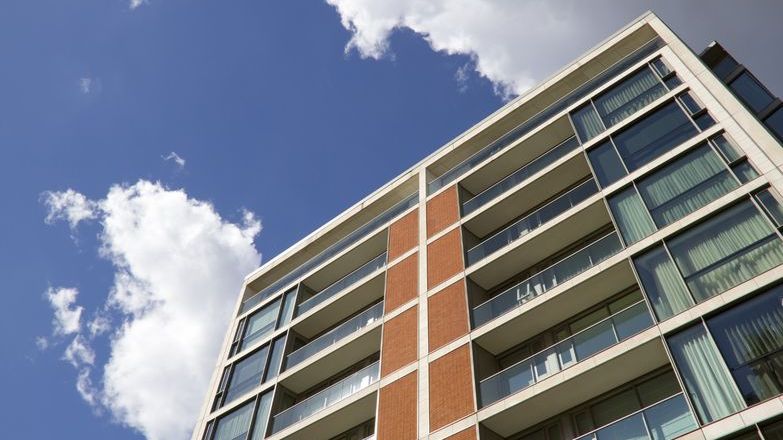
Unsafe cladding
Gove has written to the industry with a deadline of early March 2022 to agree on a fully funded plan of action to:
- make financial contributions to a dedicated fund to cover the full outstanding cost to remediate unsafe cladding on 11-18 metre buildings, currently estimated to be £4 billion
- fund and undertake all necessary remediation of buildings over 11 metres that they have played a role in developing
- provide comprehensive information on all buildings over 11 meters that have historic safety defects and which they have played a part in constructing in the last 30 years
The letter requests proposals and will start with a roundtable with the largest residential developers and trade bodies. Leaseholders and those affected by the Grenfell Tower tragedy will be invited to discuss solutions at appropriate junctures to ensure discussions are not taking place behind closed doors.
A decision will then be announced on which companies are in scope for funding contributions but expect it to cover all firms with annual profits from housebuilding at or above £10 million.
However, Gove states that developers must take forward all necessary remediation work at pace – prioritising those with greatest risks first and in all cases finding the quickest and most proportionate solution to make buildings safe.
The necessary steps will be taken to ensure this happens, which will include the restriction of access to Government funding and future procurements, the use of planning powers and the pursuit of companies through the courts. If responsibility isn’t taken by the developers, necessary regulations will be imposed.
Protecting leaseholders
To protect leaseholders and fix the system for the future, an introduction to the Building Safety Bill to allow leaseholders to challenge up to 30 years retrospectively will be introduced with immediate effect. The UK Government also intends to give leaseholders ‘robust legal protection’ from paying costs and will be working cross-party on the development.
Also, any leaseholder living in a property with cladding above 18 metres will not face any costs to fixing dangerous cladding.
An additional £27m fund is being created to install fire alarms in all high-risk buildings to replace costly waking watch which is most often paid for by leaseholders. The Consolidated Advice Note will be scrapped and replaced by PAS 9880 new guidance that is aimed at taking a more risk-based approach to materials.
The Secretary of State is taking steps to remove confusion around the need for an EWS1 form and replace incorrect interpretation with greater use of sensible, risk-mitigating fire safety measures such as sprinklers and alarms. With EWS1 forms required for a smaller number of buildings, the intention is to provide greater support where there is a genuine risk and indemnify building assessors to give them greater confidence to exercise professional judgement.




